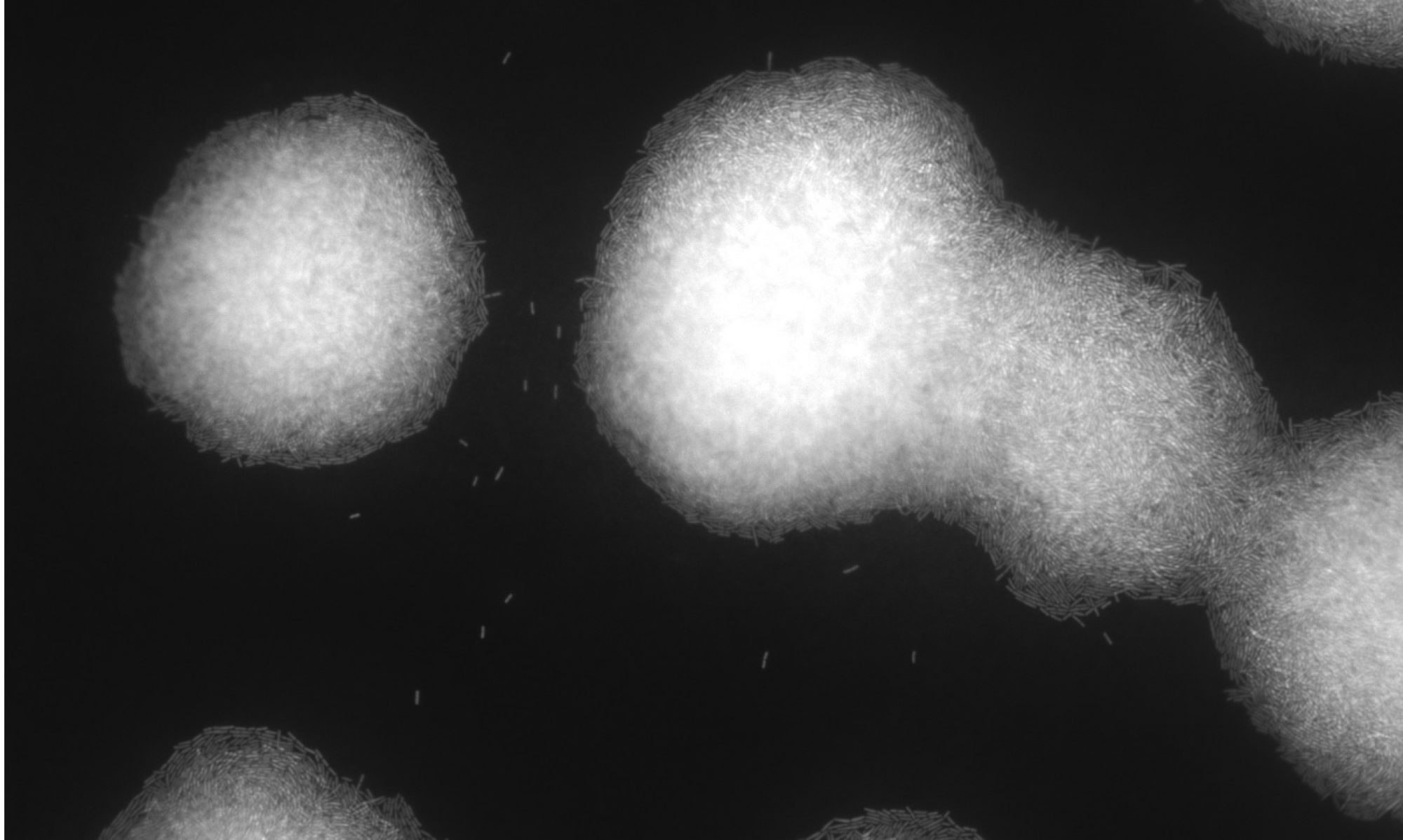During the reproductive years -between puberty and menopause- the bacterial communities colonizing the vagina show a remarkable lack of biodiversity. In contrast to the microbiota of the mouth, the skin or the gut, most vaginal environments have a dominant presence of one of four different closely related lactic acid bacteria: Lactobacillus crispatus, iners, jensenii or gasseri. Another distinctive aspect of the human vagina is its acidity. Lactic acid, commonly assumed to be produced by these bacteria , lower the human vaginal pH to levels of around 4, considerably lower than that of some apes and monkeys that are our closest relatives. A subset of women have reduced levels of Lactobacillus and a higher pH. Women with this dysbiosis, called “Bacterial Vaginosis” often have no symptoms, but in some cases it leads to abnormal odor and secretions. There are more serious health effects : lower levels of acidity and Lactobacillus are associated with an increased risk of acquiring or spreading sexually transmitted disease. Pregnant women with bacterial vaginosis are at increased risk of preterm birth, possibly due to infection by vaginal bacteria.
We understand very little about the bacterial composition of the human vagina. For instance, it is unclear why humans are the only apes with this high acidity and dominance of Lactobacillus whereas these characteristics are absent in other primates. Why is the human vagina such a good host for these specific bacteria? Furthermore, we don’t know how these lactobacilli acidify the environment, what (food) sources do they use? And what can cause the microbiota to switch to this Bacterial Vaginosis state?
The answer might be found in another characteristic that is distinctive of the human vagina and that is the prevalence of glycogen. Glycogen is a long polymer (chain) of single glucose units that is normally used to store energy for instance in the liver. The human vaginal epithelial layers during a woman’s reproductive years are also rich in glycogen. Its accumulation is regulated by estrogen and it can be used as an energy and carbon source for bacteria to grow and metabolize, but only if they have the enzymes to cut it up in smaller polymers or its single sugars.
Can vaginal bacteria utilize glycogen to colonize the vagina and to acidify the environment? That is one of the main question I aim to answer.
See one of my working discussion (from September 2017) with more background and aims of the project here:

